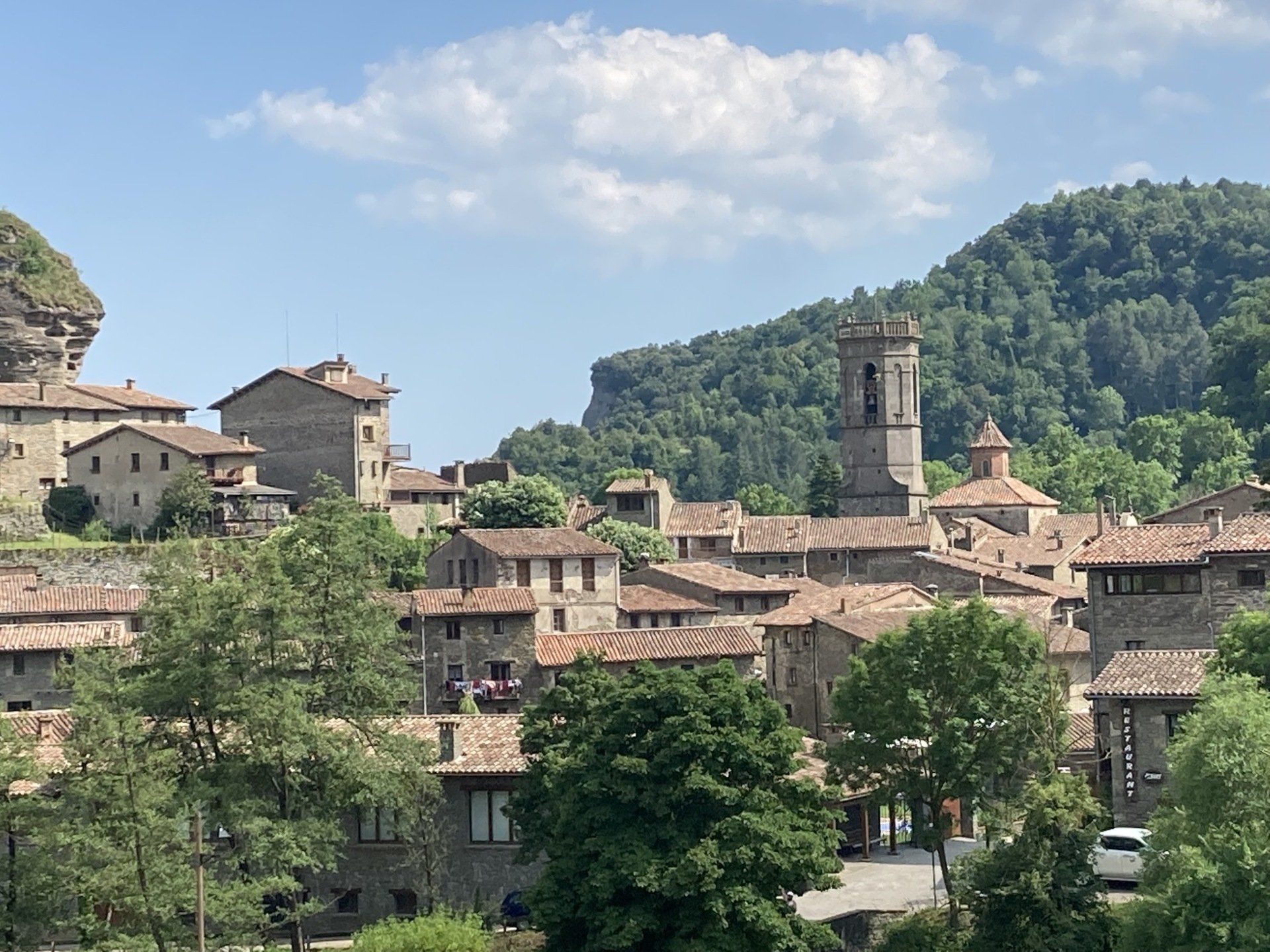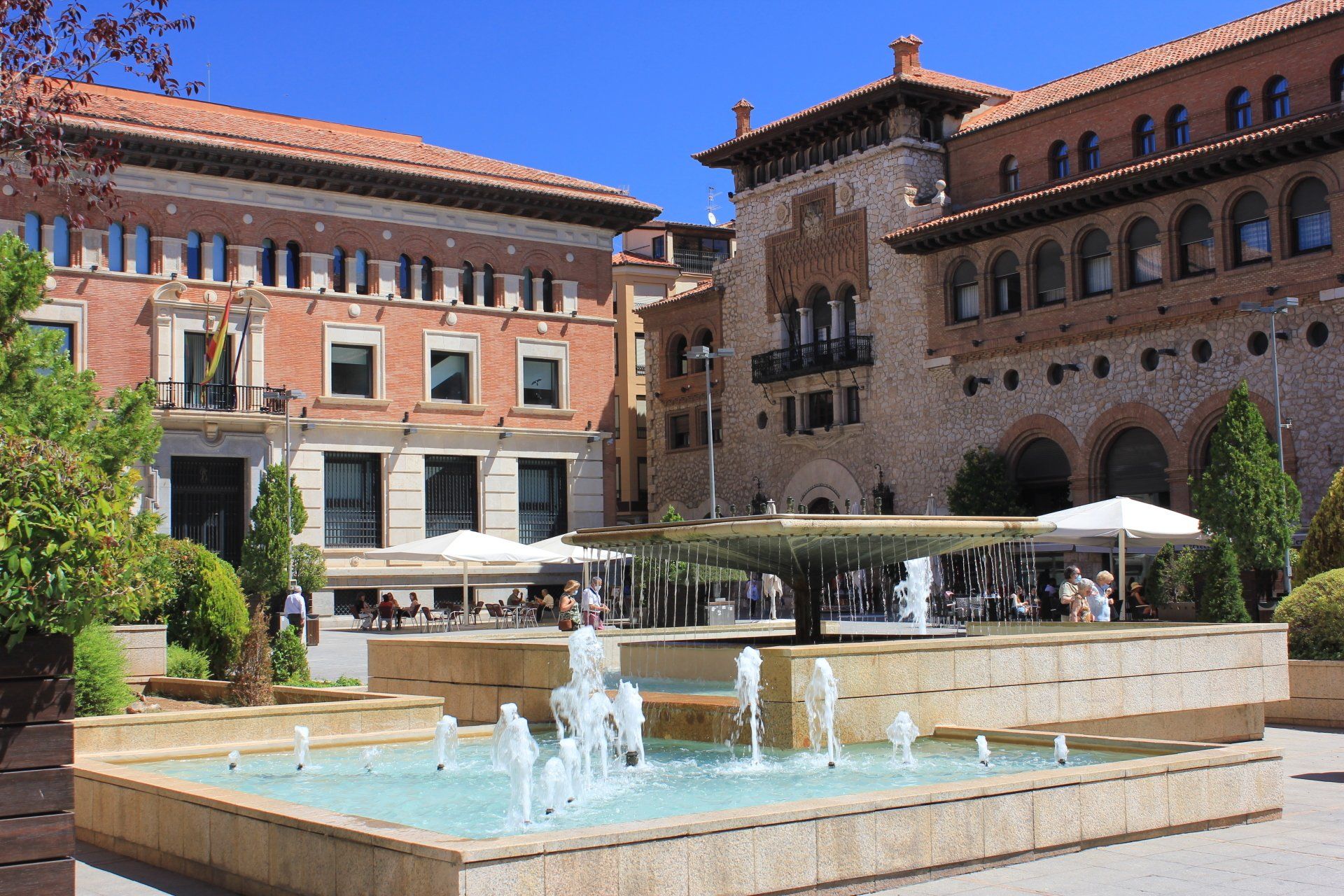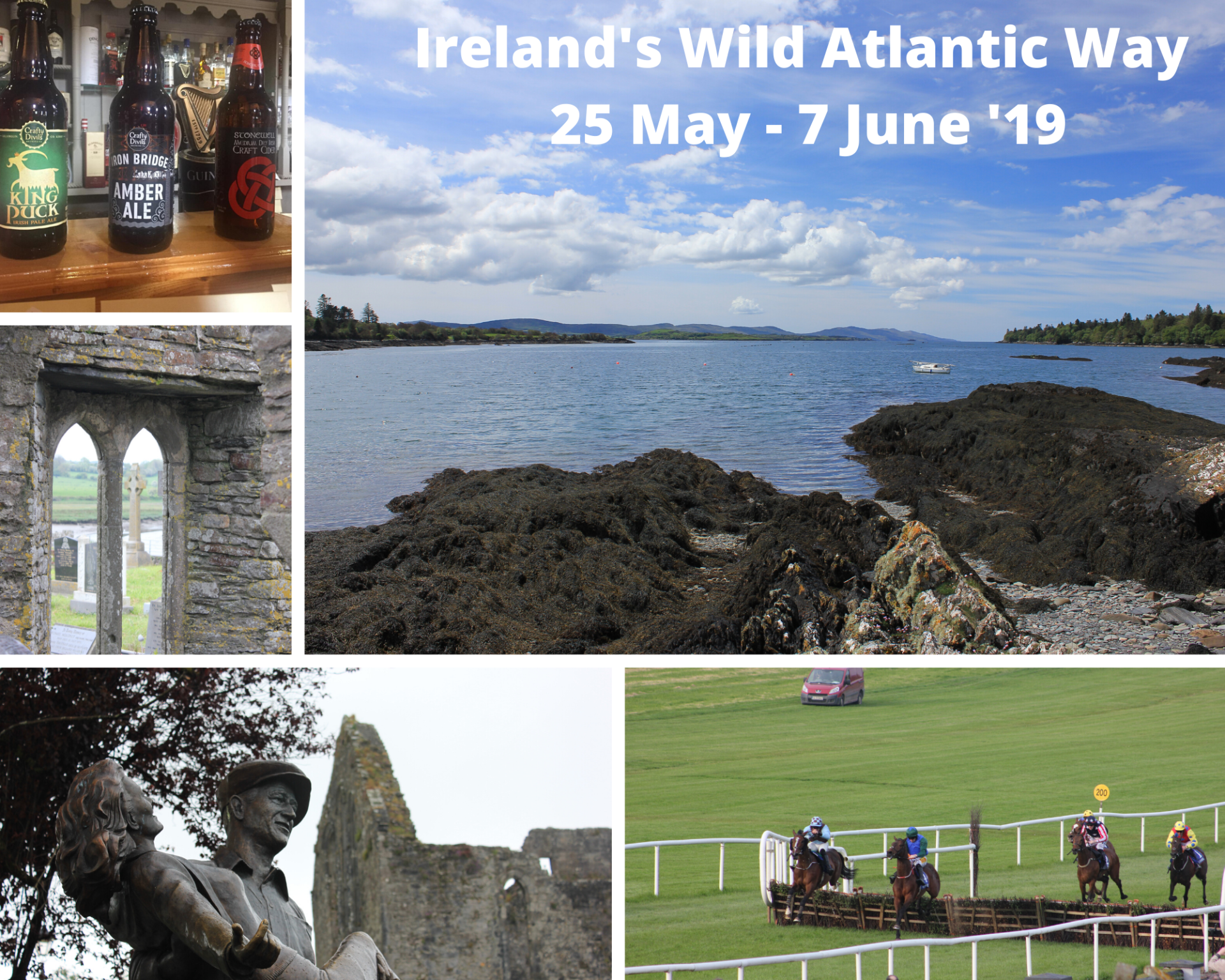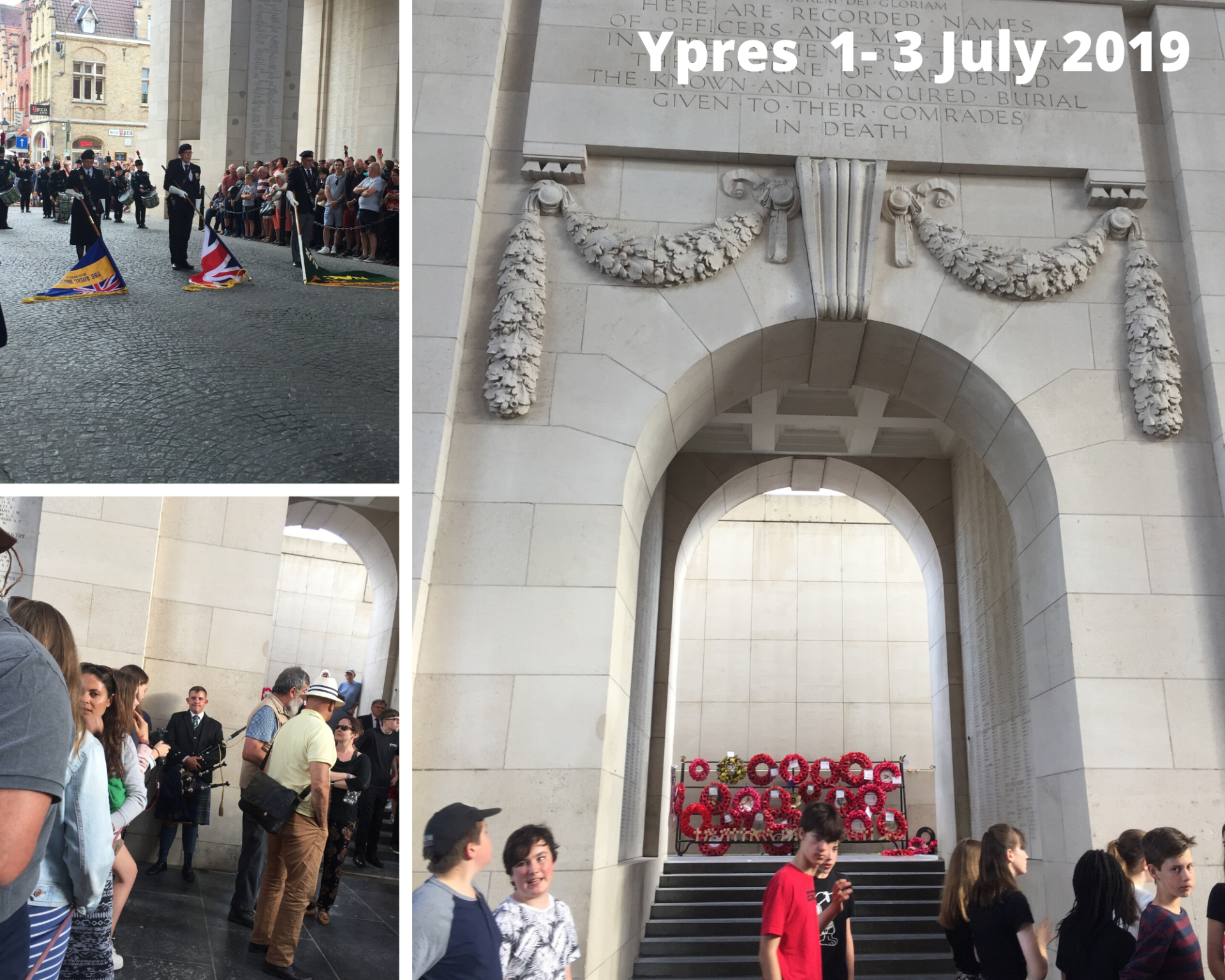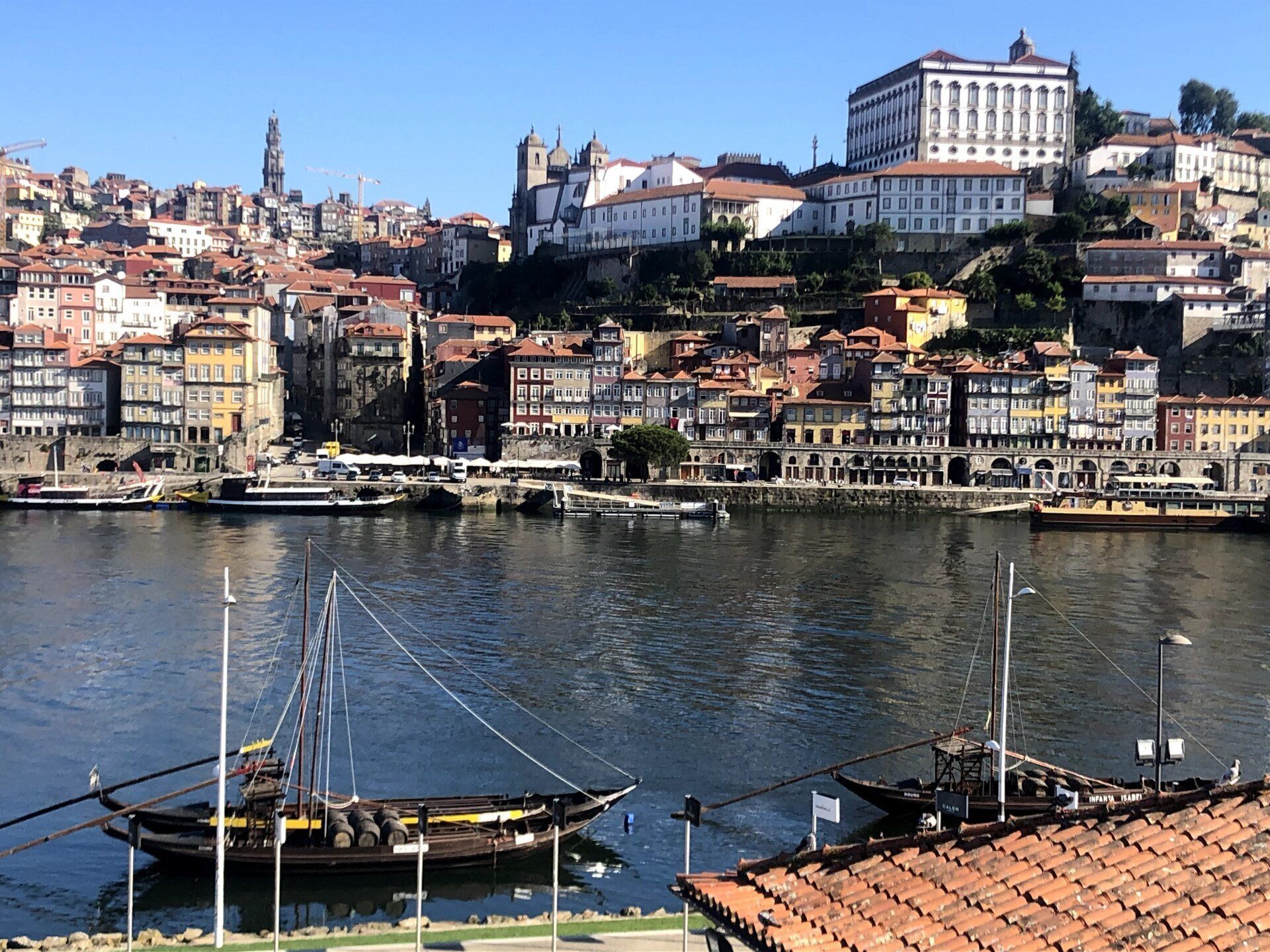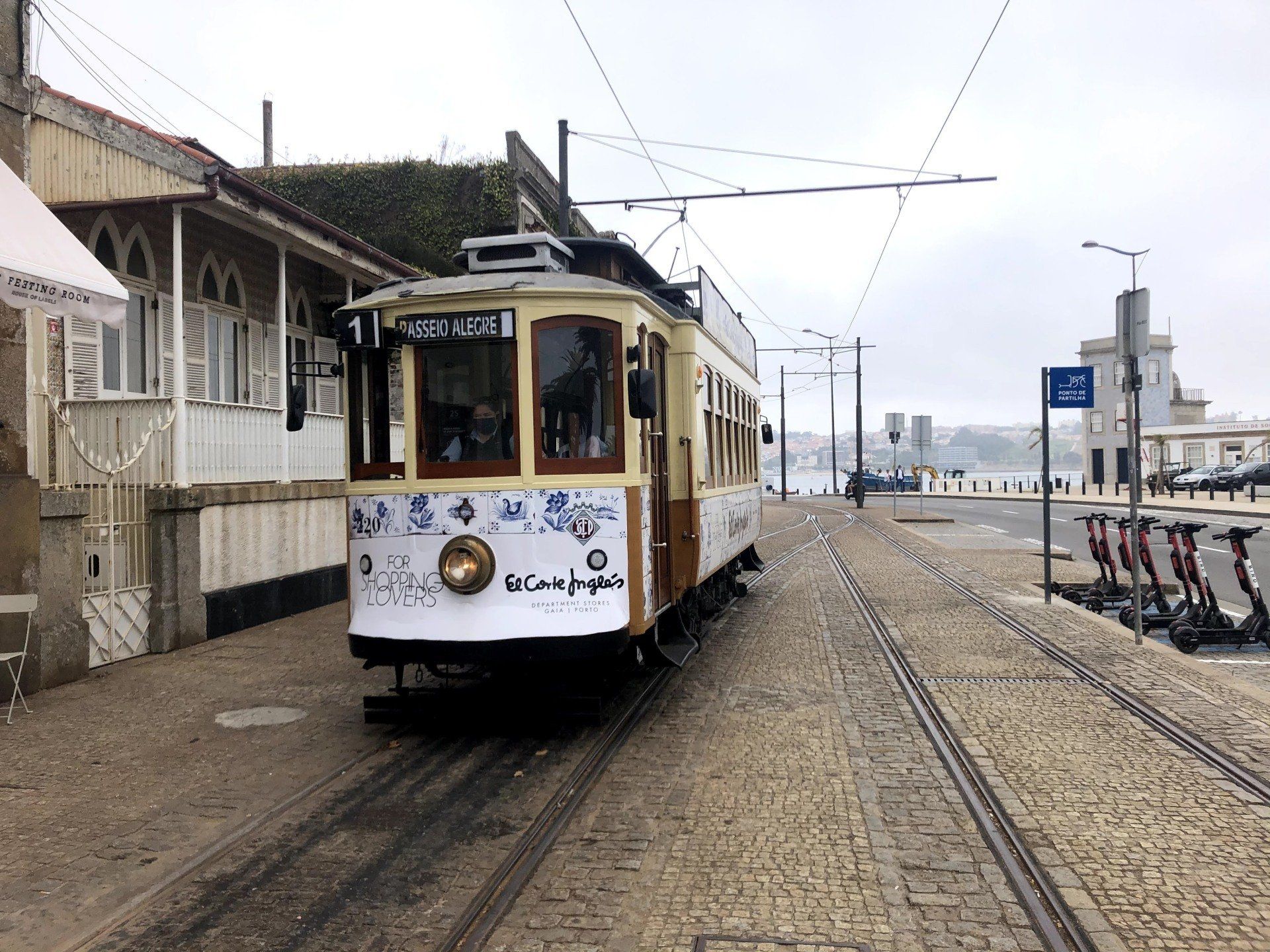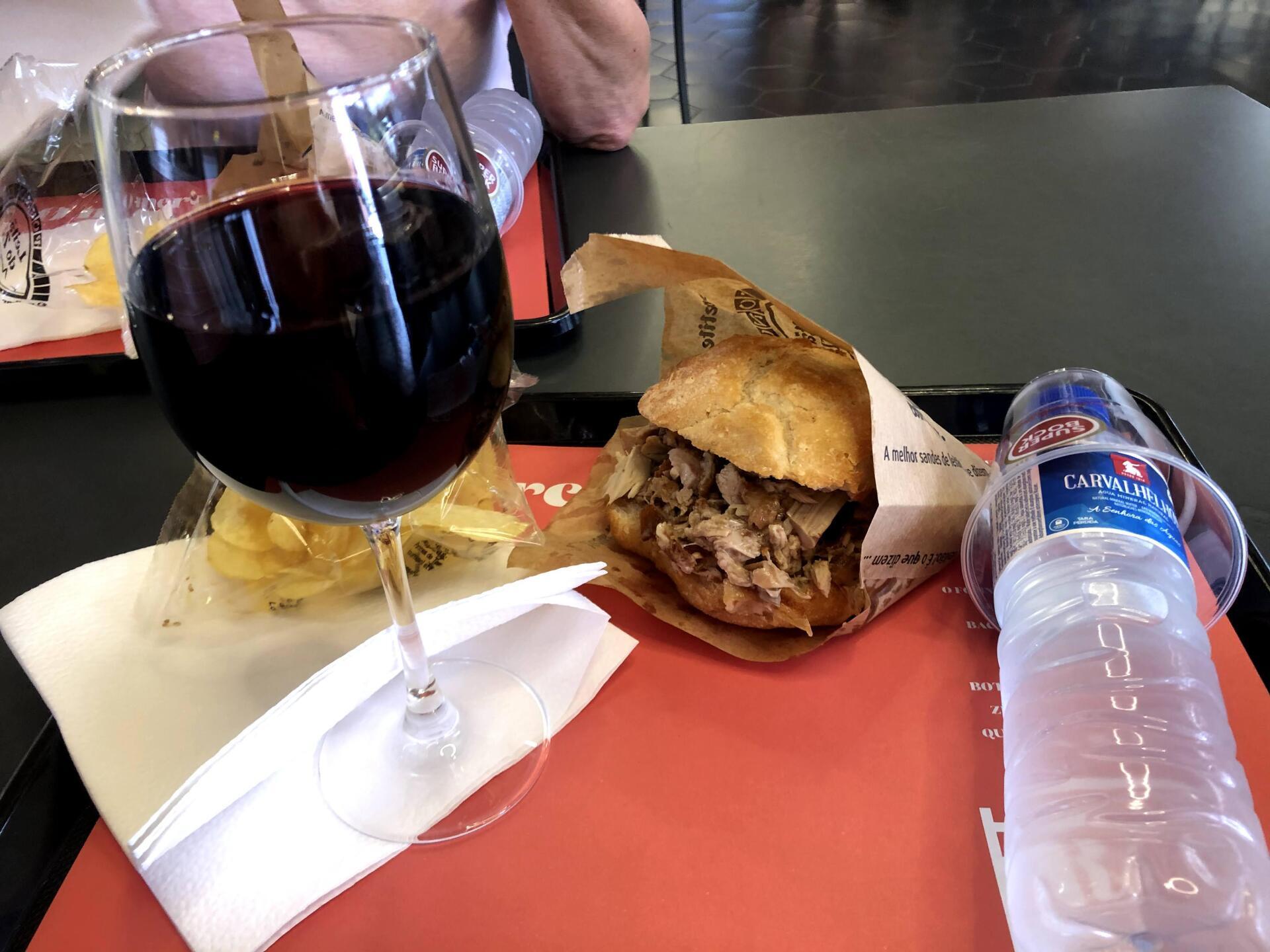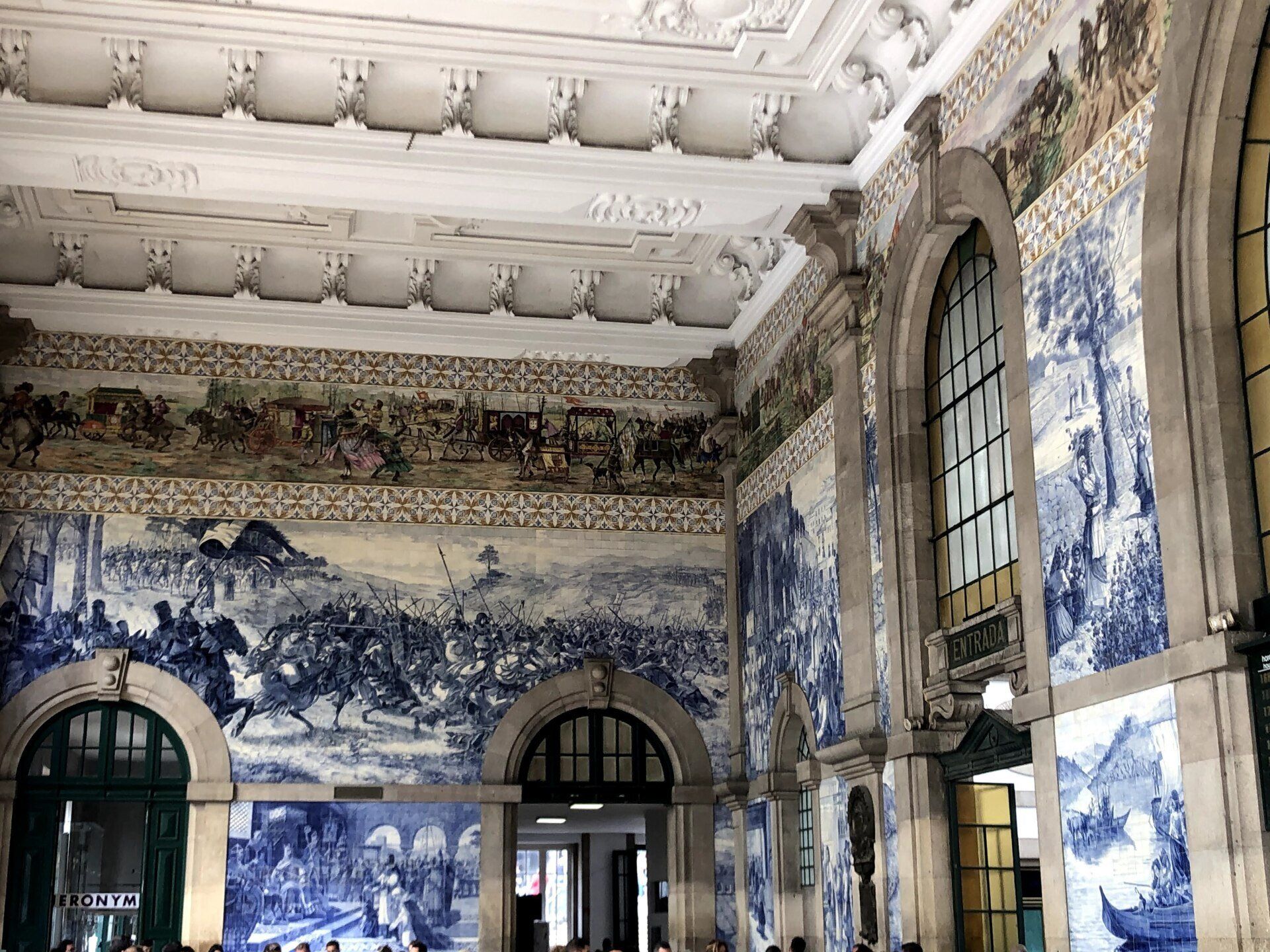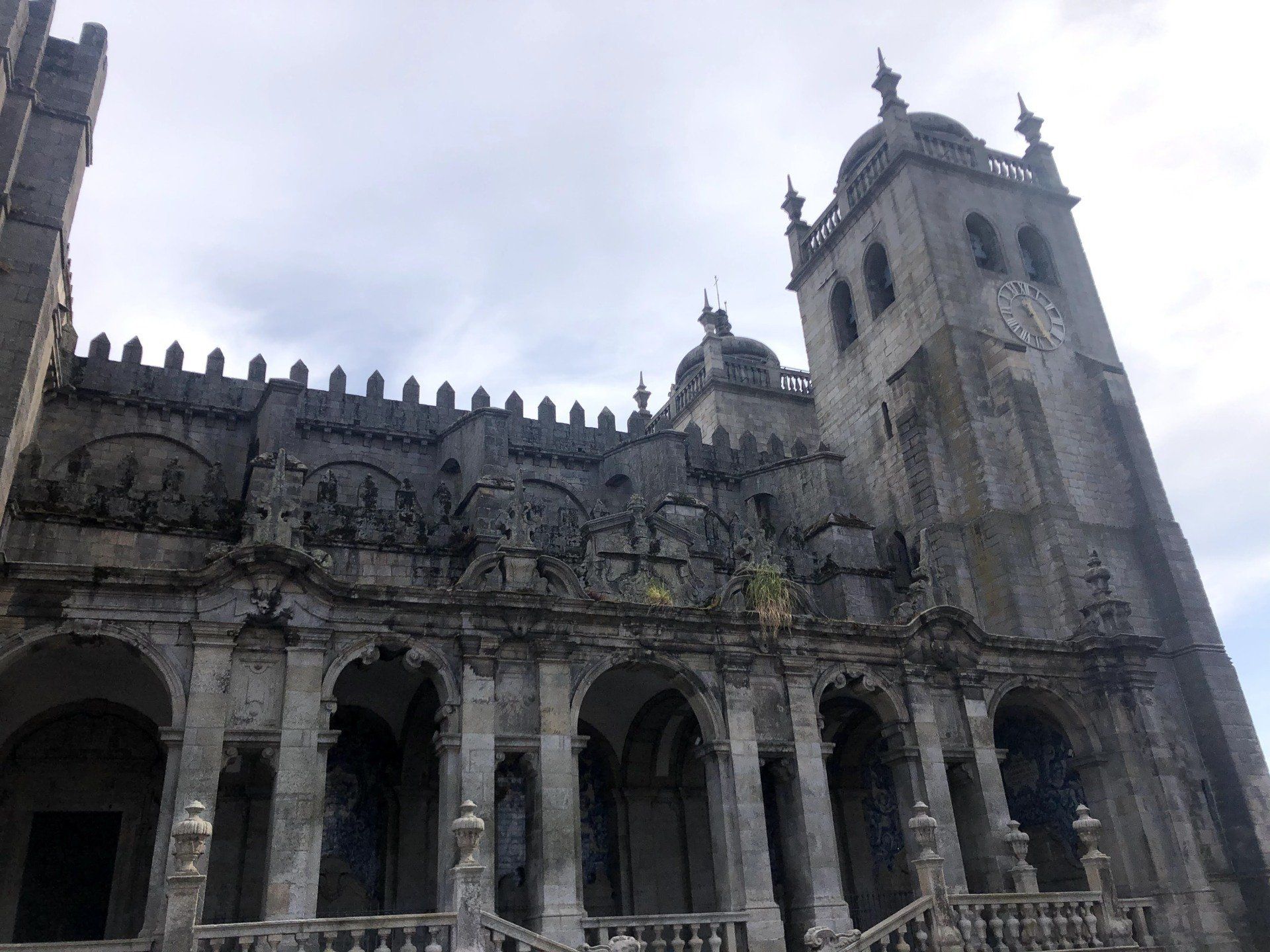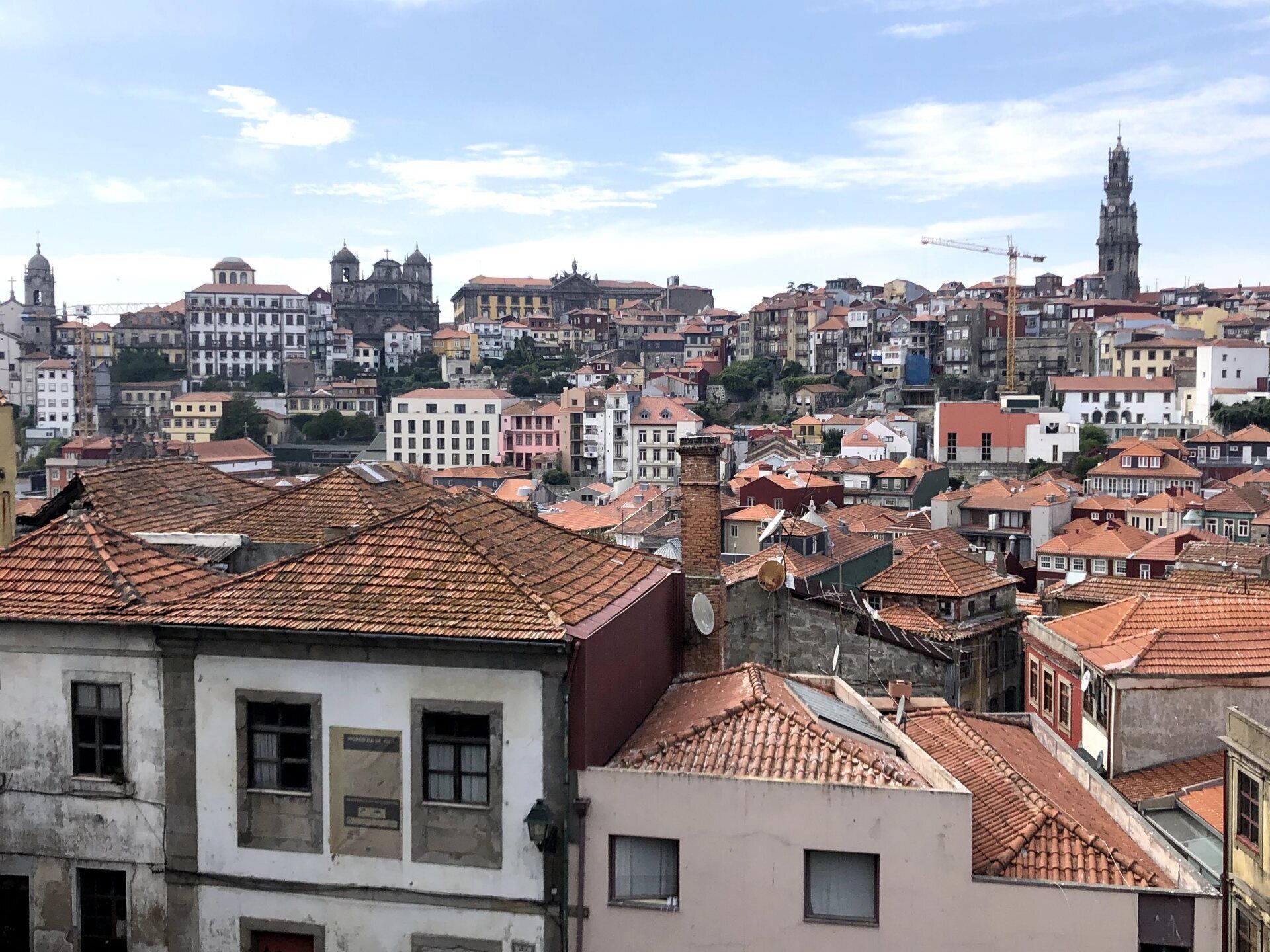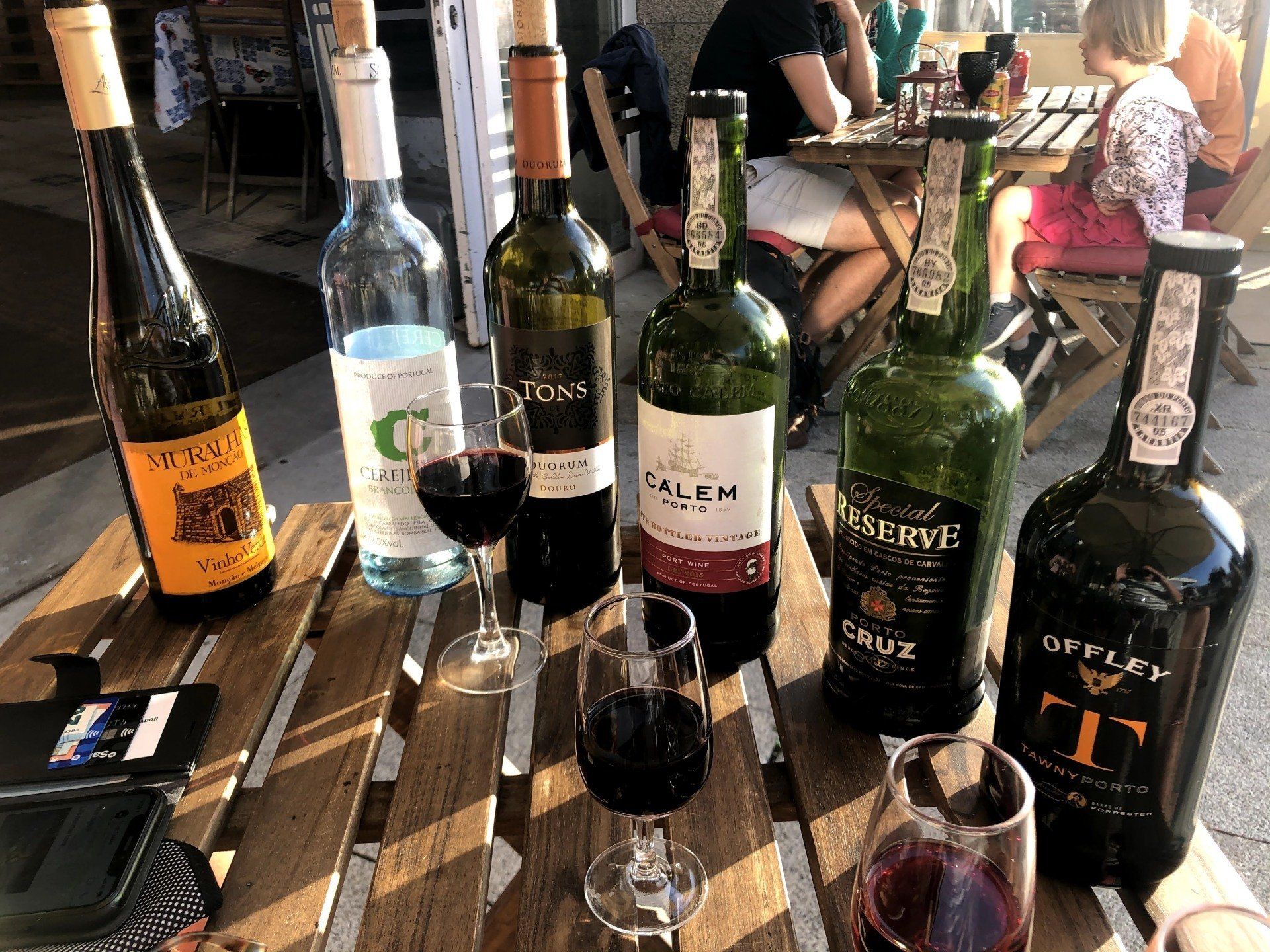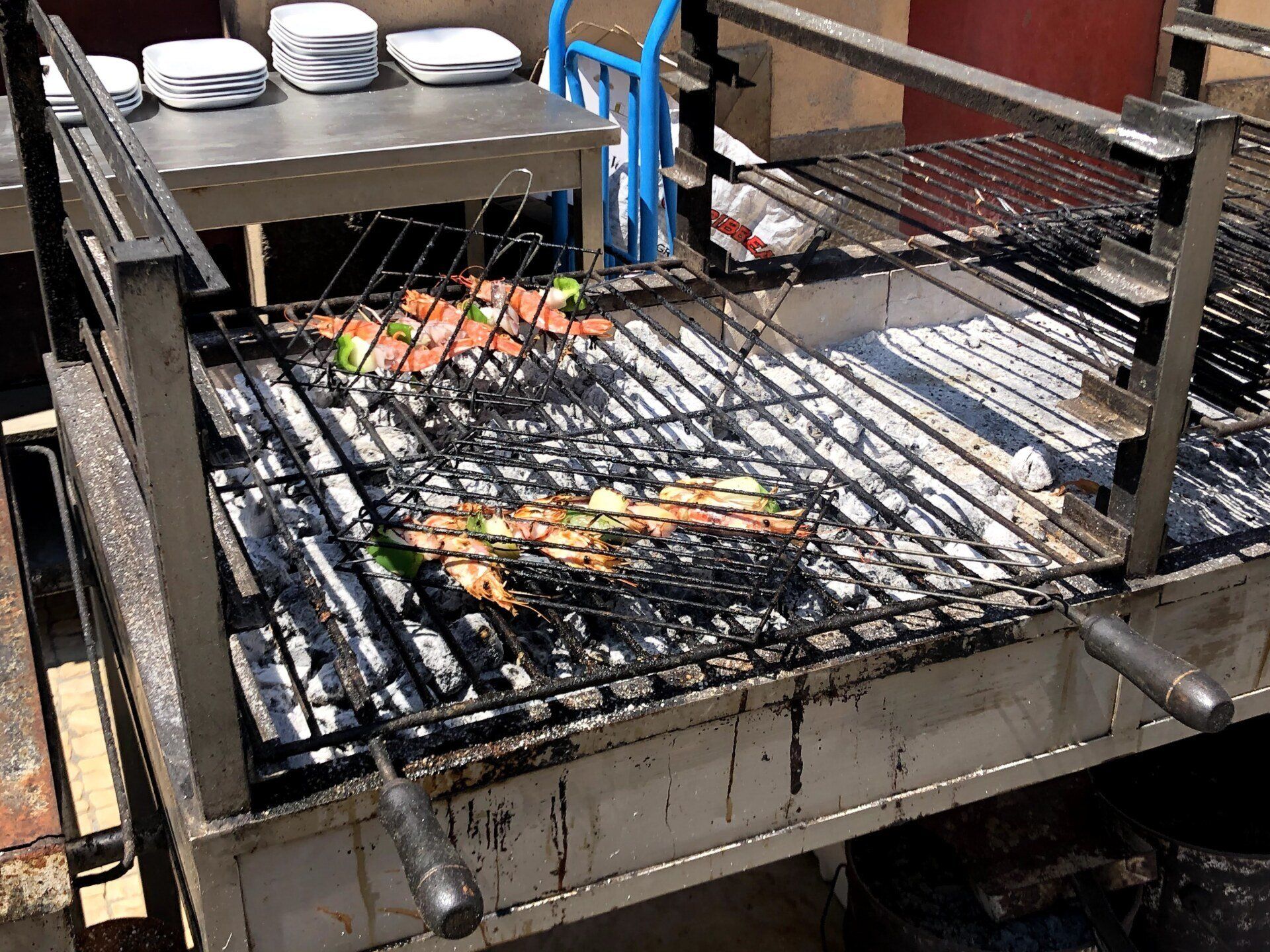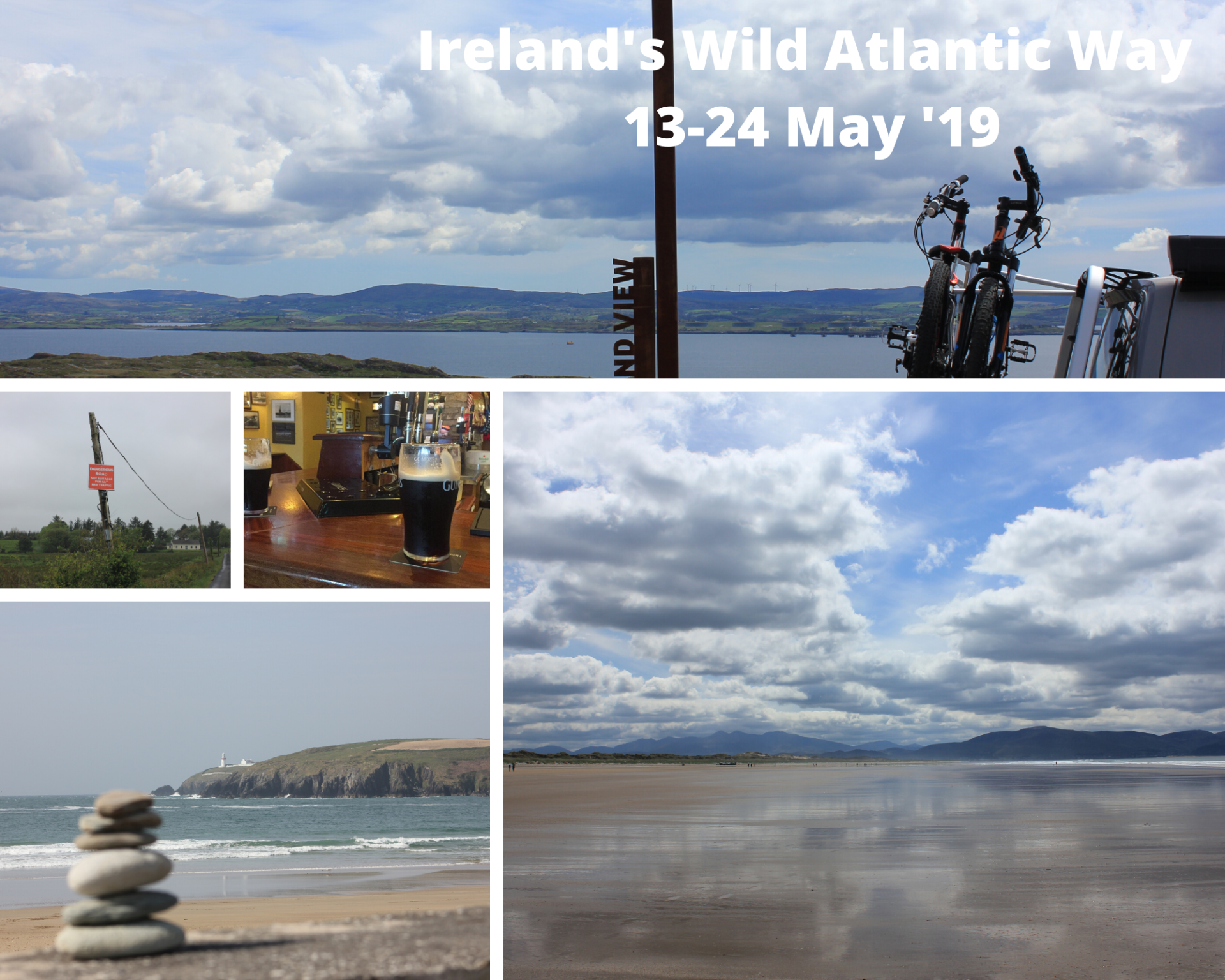Porto and Vila Nova de Gaia
The Iberian peninsula’s third longest river, the Douro, meets the Atlantic in the north of Portugal. A few kilometres from the coast, you will find the cities of Porto and Vila Nova de Gaia situated opposite one another on the river’s northern and southern shores...
3 Bridges and cable cars
The iconic Pont Luis I bridge can be crossed on foot either at the lower level that vehicle traffic uses, or 85m above where the span is shared with the Porto Metro. After crossing the bridge on the upper level from north to south, it’s possible to visit the Jardim do Morro, a pleasant green space with excellent views of the city.
From here an option is to catch a cable car down to the riverside. Although only about 600m long and around 5 minutes duration, the “teleferico” gives a fantastic perspective of the city.
4 Around Mercado Beiro Reiro
Directly opposite the lower station of the cable car, you’ll find the Mercado Beiro Reiro, with a range of artisanal food and drink stalls, with excellent wines, local meats, cheeses and our favourite, the outlet serving suckling pig rolls.
The area along the shore between the Mercado and the Port Luis I bridge, is quite touristy, but there are a few interesting bars and restaurants, and plenty of cellars worth visiting.
You’ll probably hear the Casa Portuguesa do Pastel de Bacalhau before you see it, with organ music beckoning you inside. A fascinating building, with floor to ceiling bookcases, chandeliers, a mezzanine floor reached by an elaborate iron staircase, and of course, an ornate pipe organ. However, the reason for visiting is to watch the preparation of, and then taste their cod and goat’s cheese Pastel de Bacalhau, washed down with a white port.
5 São Bento Station and Porto Cathedral
São Bento (Saint Benedict) Station on Porto side is worth seeing for its entrance vestibule with decorative friezes and blue tiled paintings depicting moments from Portugal’s history.
From here it’s a short walk up to the city’s cathedral, the Sé do Porto, where you’ll find more blue tiled decorations and, yep, you’ve guessed it, more great views of the city.
6 Sample some Port and vinho verde
We did an excellent Port wine tasting tour with Porto Walkers ( www.portowalkers.pt ) which took in the historic Ramos Pinto cellars and the professional tasting room of Porto Cruz.
Other great spots to enjoy the local produce include the Casa do Galo, and the terrace in front of the House of Sandeman.
Despite its name, vinho verde isn’t actually green; instead it refers to wine from a specific region which includes red, white and rosé varieties. We sampled some great whites which were really light and refreshing with almost a hint of bubbles.
7 Experience Fado
A traditional Portuguese style of music, Fado is mournful and melancholy, and for me, reminiscent of sorrowful and passionate flamenco.
As part of our Port wine tasting tour we had the opportunity to hear some Fado at the Caves Cálem whilst sampling their port in pleasant surroundings.
8 Visit Afurada for lunch
A 20-minute cycle following the south bank of the Douro river towards the coast, you’ll find the fishing village of Afurada, just after the Puente da Arrábida Bridge. Alternatively, you can hop off the tram to Foz just west of the bridge and catch a ferry across the river.
Largely untouched by tourism, Afurada is overserved by fantastic fish restaurants which cook on large grills out on the street. Simply wander around the streets just inland from the port, such as Costa Goodolfim and Agostinho Albano, follow your nose and find a place packed out with locals.
9 Day trip to Amarante and Guimarães
Famous for its Romanesque monastery and bridges, Amarante is about 45mins east of Porto; 45mins further north you’ll find the UNESCO World Heritage Site Guimarães.
So there you go - hopefully some inspiration for exploring this beautiful part of northern Portugal!
Share this post
